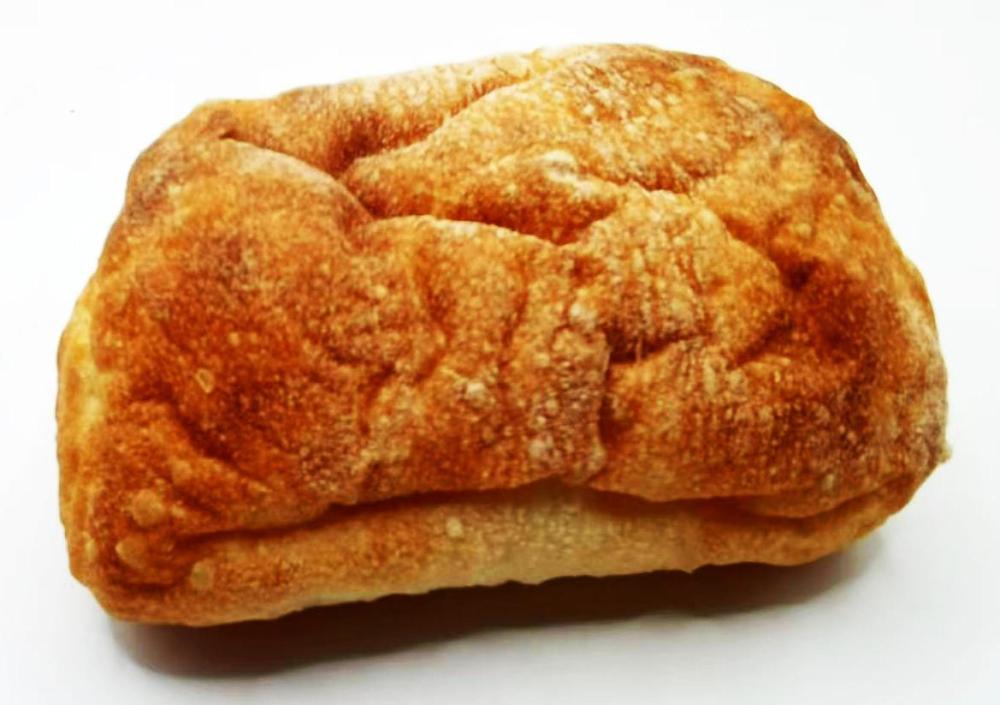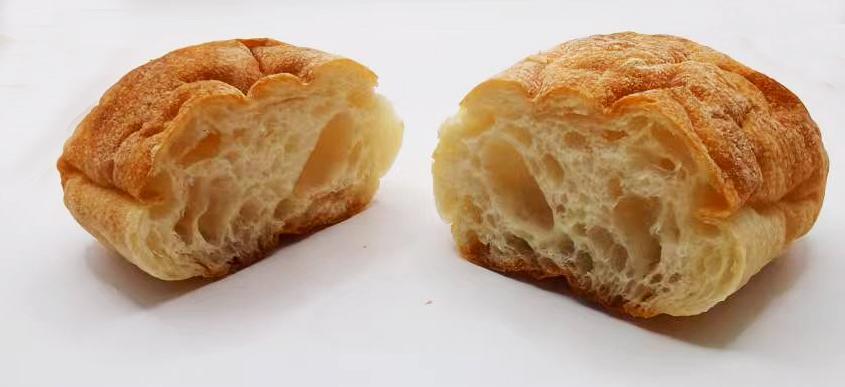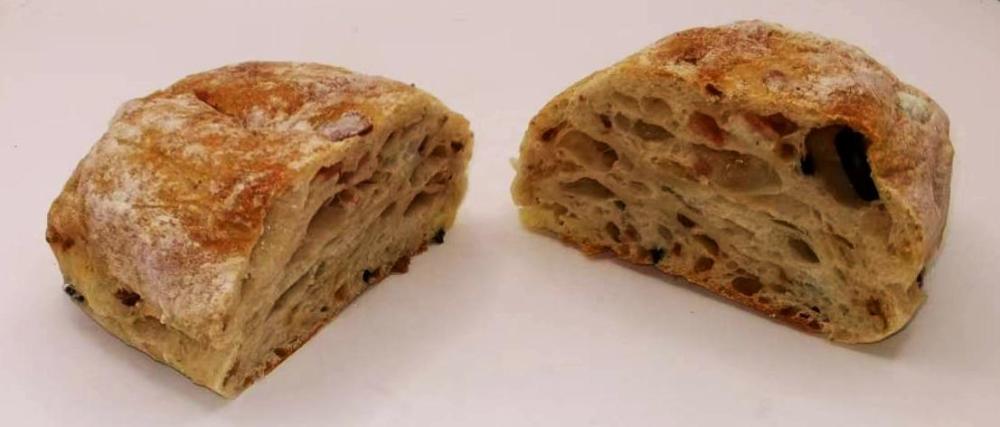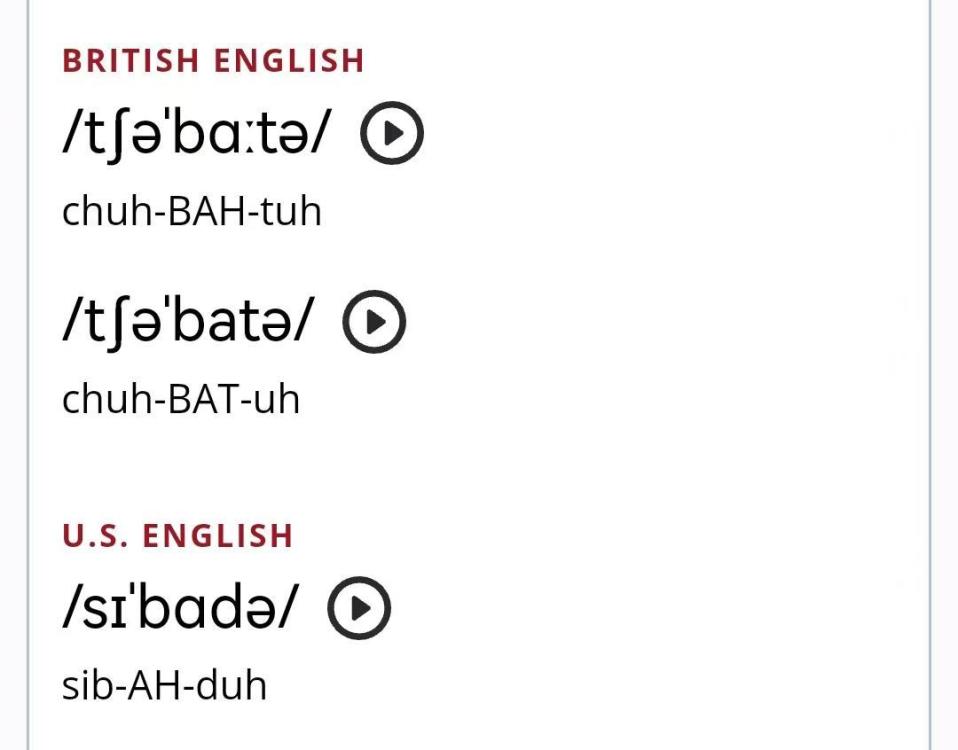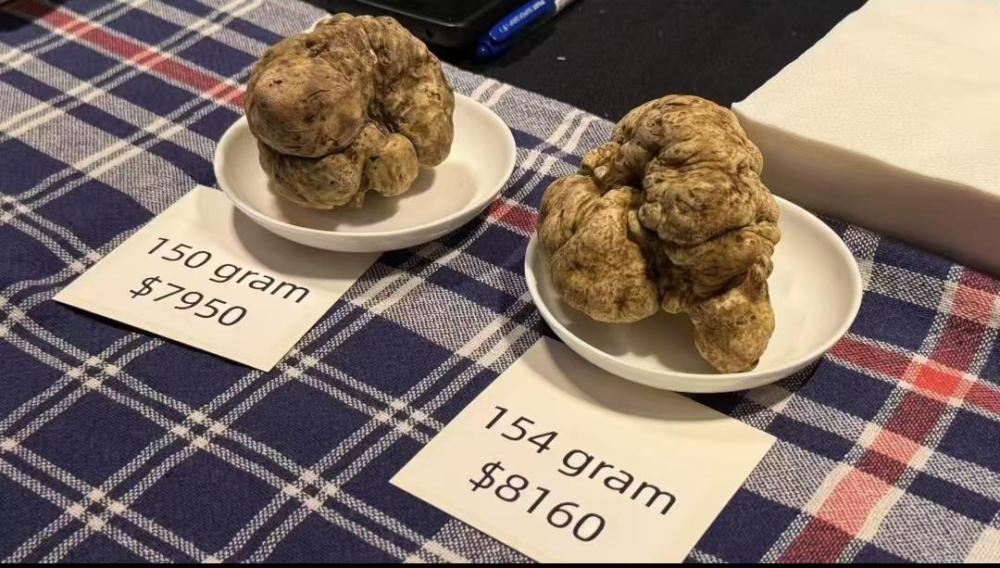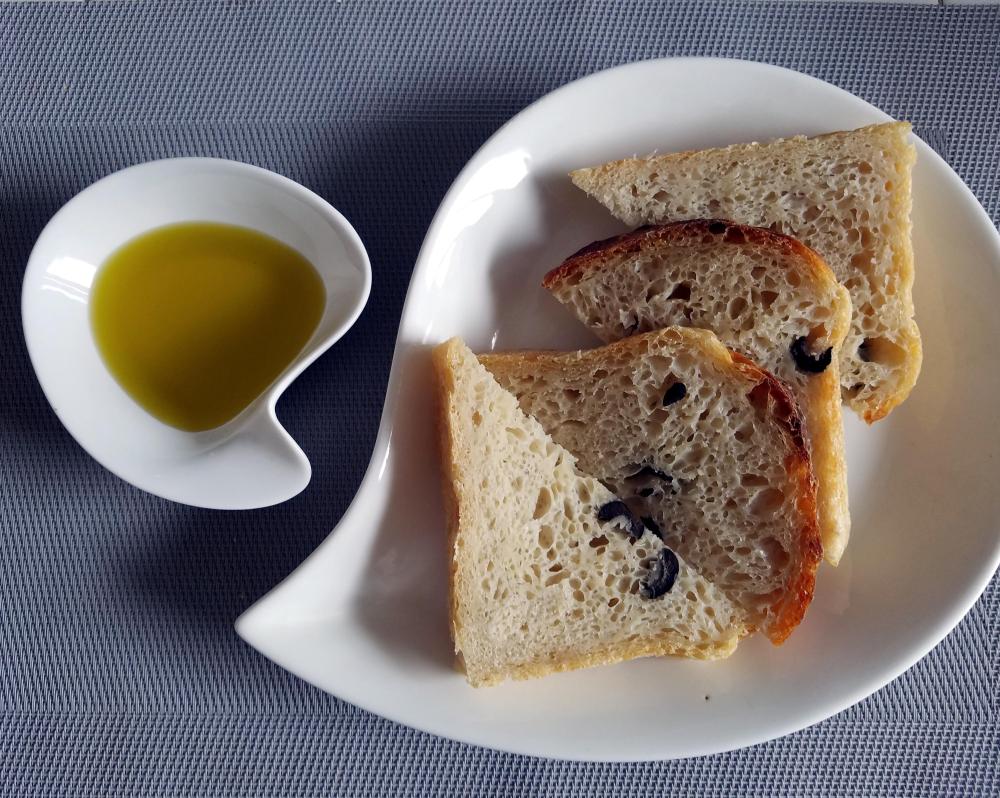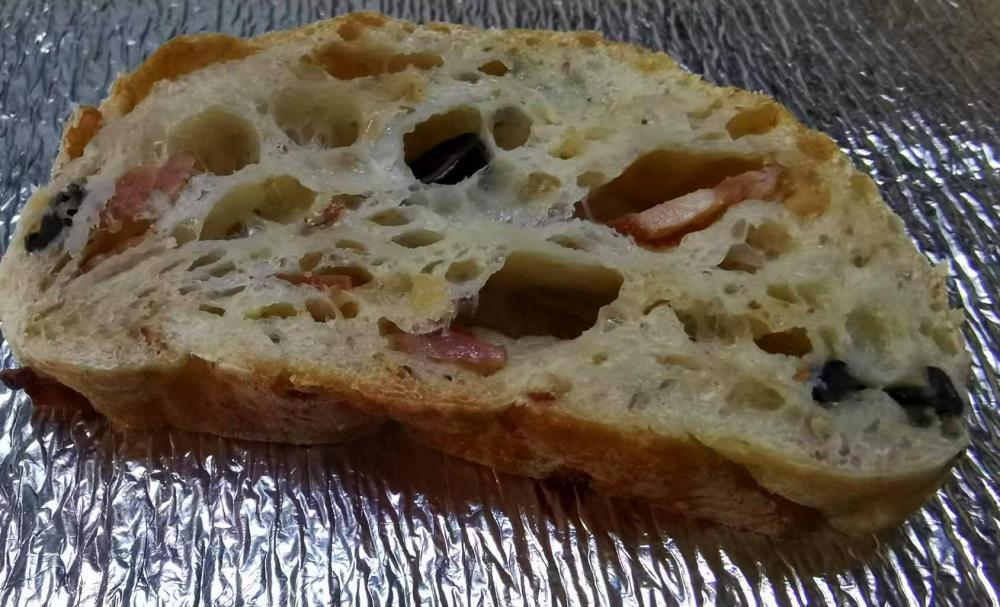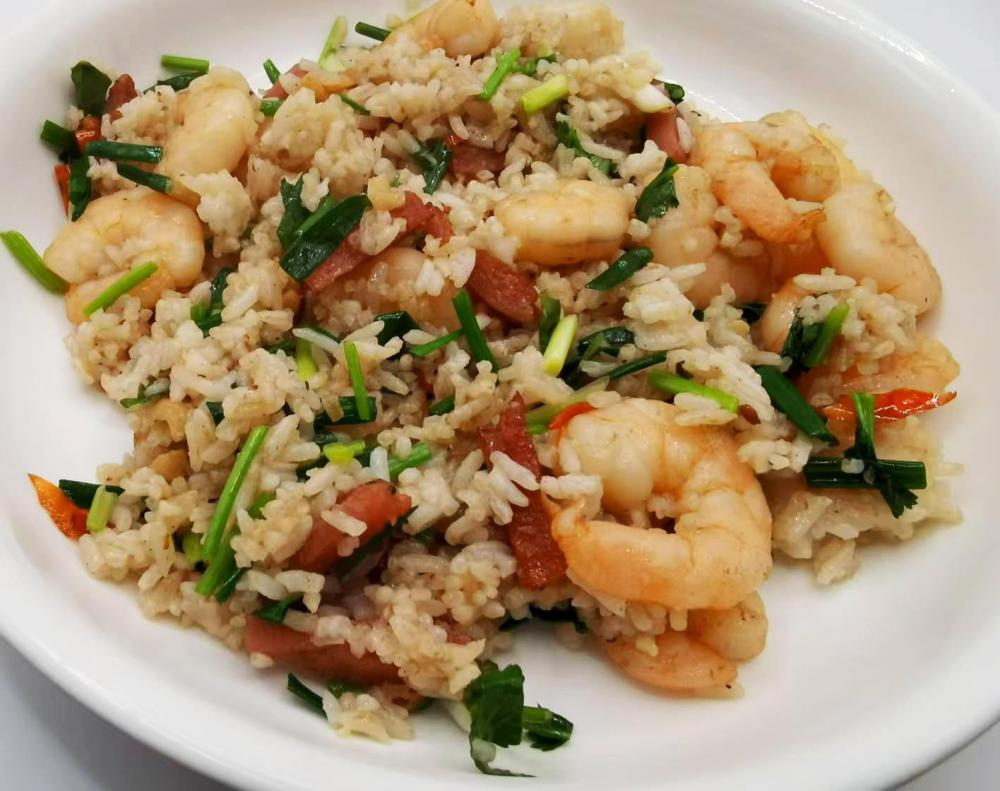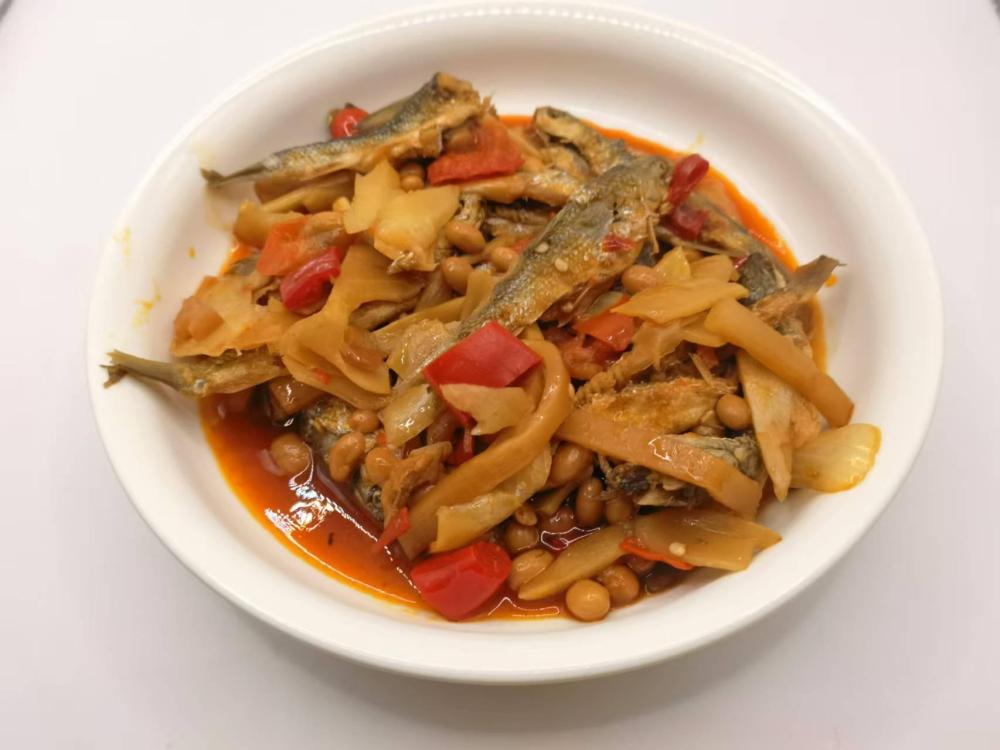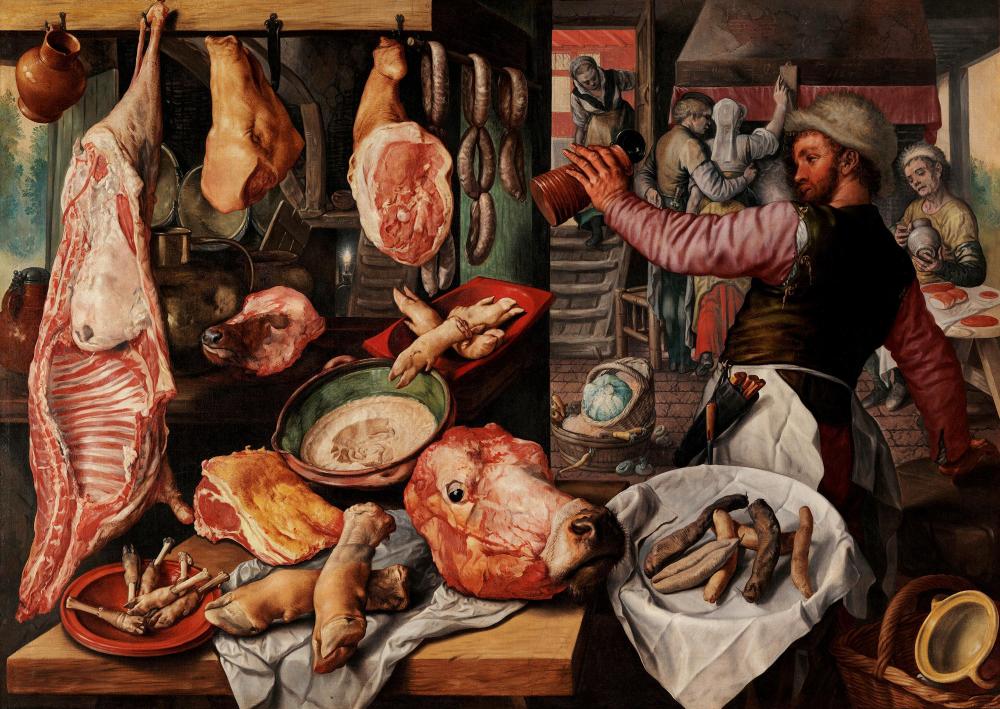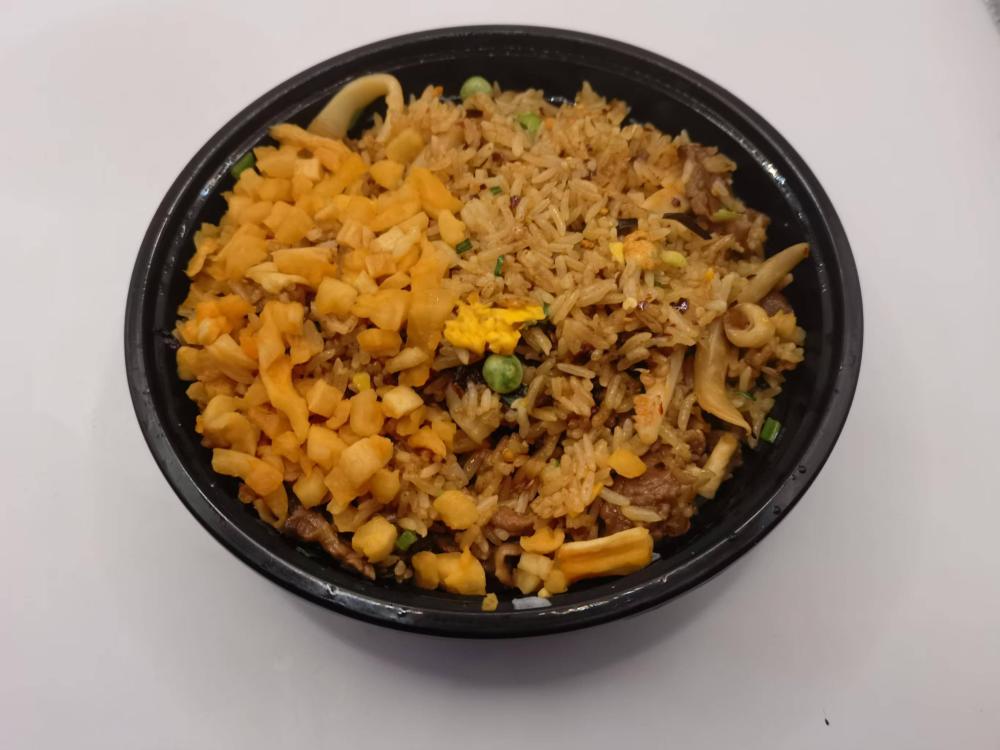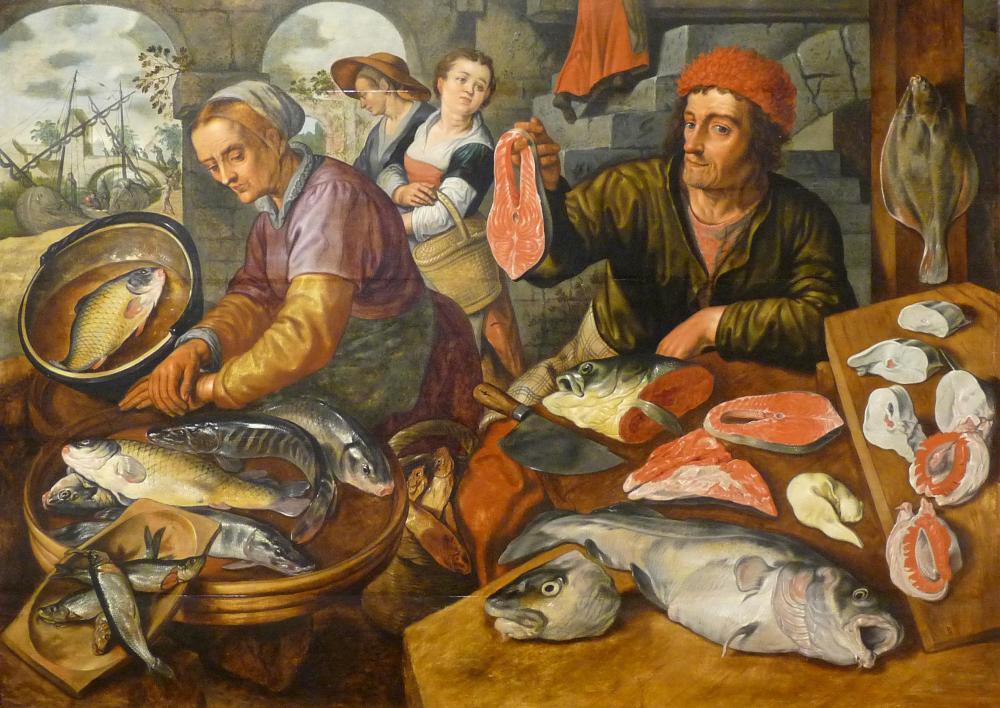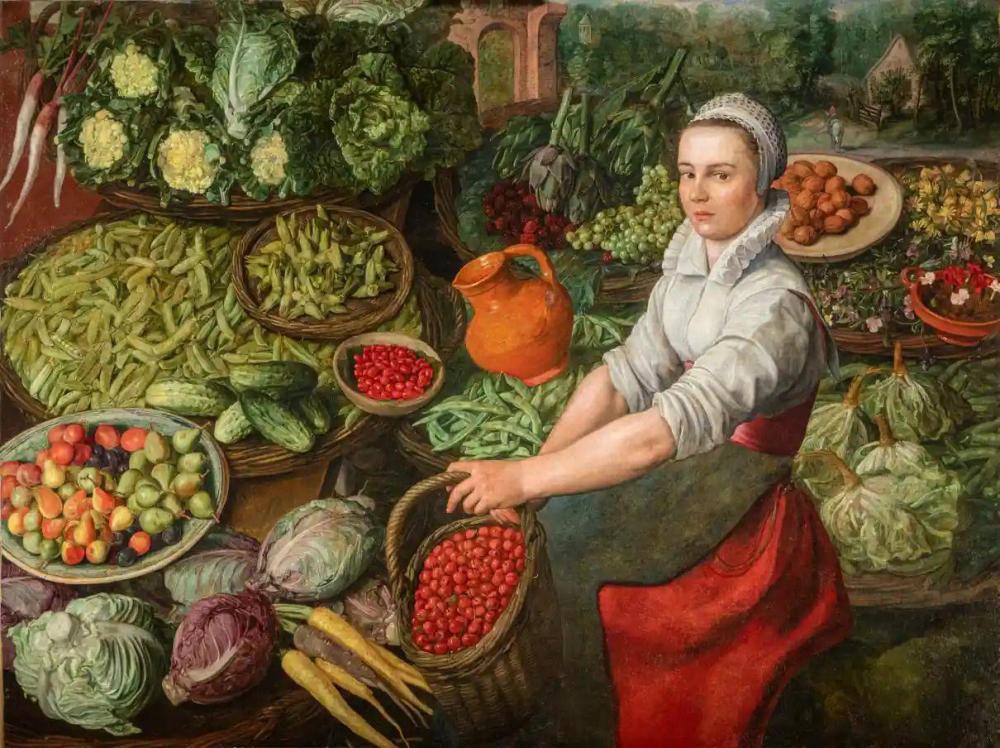-
Posts
16,681 -
Joined
-
Last visited
Content Type
Profiles
Forums
Store
Help Articles
Everything posted by liuzhou
-
I’m donning my carpet slippers despite having no carpets and getting into ciabatta. It started last Friday when I went searching my online shopping sources for ciabatta buns. I certainly found some – too many, but soon narrowed them down to three. But one type wasn’t what I was looking for – a small ciabatta loaf with olives, cheese and bacon embedded within. I found that interesting so ordered a couple. I had one for breakfast yesterday as mentioned on the Breakfast topic. $2.75 USD per bun but and extra $1.11 for delivery. How the cheese didn’t melt in the baking, I don’t know. Then I was left with what I really wanted – plain ciabatta buns. First up are a set of seven buns (the minimum order) at $0.66 per bun. Delivery free. Second a set of three (again min order), $0.92 per bun and despite coming by far the furthest, again free. There wasn’t much flavour difference between them but the set of seven were cheaper per bun. However I think I preferred the set of three buns; they had a nicer texture. They came from all over China. The olive variety from Jiangxi in Eastern China; the seven plain from Henan in Central China; the three plain from the far northern Liaoning province. I’m in South China. Despite being from different destinations and being ordered at the same time, they all arrived yesterday morning. The reason for my interest was a desire to use the plain buns as subs for burger buns which I always find too sweet, especially here. Never done this before but have seen them recommended for burgers several times.. Anyone tried? Another question. According to the Oxford English Dictionary, the American pronunciation of ciabatta has an initial /s/ sound as opposed to the /ch/ in both the British. Is that universal in America or regional?
-
On a recent day trip to Hong Kong, I came across these fellows. Alba Truffles. Those prices are Hong Kong Dollars; not USD. 7,950 HKD = 1,022 USD 8,160 HKD = 1,048 USD Did I buy? Of course! Both! Well, I had fun imagining I did.
-
Certainly not. I haven't eaten margarine since the 1950s. I try not to eat industrial effluent! Never seen margarine in China. Finding butter is hard enough.
-
Yes. I always nuke poppadums. Have done for decades. Much cleaner and crispier.
-
When I first came to China in 1996, olive oil was impossible to find. I first found a bottle on August, 23rd 2005. I only know the date because I took my first ever selfie holding the bottle to send to family and friends, some of whom had lamented my serious deprivation. Since then it has become commonplace but not of great quality but great expense. This one is the best I've found but is even more expensive, being imported from Italy. It's also from a cooperative rather than a massive multi-national distributer of oils which could be from anywhere. Much of the olive oil sold here is used for skin care by my lady friends, I think. No one I know cooks with it. I never use it in Chinese dishes. Totally unsuitable, but I use it in western food, of course. I've never seen it here in bread before except when I've baked the bread myself. My olive bread and its oil
-
I ordered this olive, bacon and cheese ciabatta loaf online (actually I ordered two) and they arrived at 8:30 this morning when I was setting up my coffee machine for my morning fix of caffeine. Perfect time for breakfast to turn up. Lovely bread infused with olive oil flavour. I just ate it as it came. Got through half a loaf. Here's one slice.
-
I hope you mean 'gourmet'. 😂
-
Tonight, I made an experimental dish of fried rice with prawns and shailan ham from Hunan. I described that more in this post back In September. It also contained garlic, chilli. Shaoxing wine and Chaoshan fish sauce. Finished with coriander leaf/cilantro and Chinese chives. I slightly over-salted it because I forgot the ham and fish sauce are a bit salty, but didn't ruin it. I'll certainly repeat. The shrimp and ham nicely complemented each other.
-
The person who posted about the aprons is no longer a member and hasn't been for around for 16 years so is very unlikely to answer. Perhaps someone else may know.
-
My machine doesn't work if I don't. But it sounds like you are speaking from experience?
-
黄豆酸笋焖鱼仔 (huáng dòu suān sǔn mèn yú zǎi) - Soy bean, pickled bamboo and rice paddy fish. Also, pickled chillies and garlic. Served with rice.
-
... get up in the morning and wash the jug for the filter coffee machine, get the coffee from its cupboard, fill the water reservoir and switch it on while I wander off to do some routine tasks, return five minutes later with my favourite cup and attempt to fill it, only to find out that, because I had forgotten to actually put the coffee in the filter cone, all I had was a jug of hot water.. But I have an excuse! I hadn't had my morning coffee yet!
-
This one goes into more detail.
-
No.
-
Yes. That's why Chinese cuisine uses white pepper much more than black but much less than chilli. In fact, it almost always only uses black with western food (or their re-imaginations of western food).
-
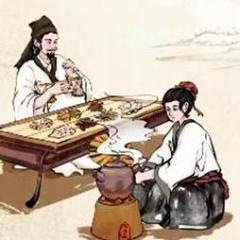
Help! I've lost my cooking mojo and I want it back!
liuzhou replied to a topic in Food Traditions & Culture
Have you considered aloo bhorta? That's what I call it and I'm definitely not your mother! -
Chilli in all its forms (and spellings) 🌶 .
-
-
-
The dates in the above post should be 1533-1570/74. Here's another, this time confirmed as a Beuckelaer. Fish Market
-

A pictorial guide to Chinese cooking ingredients
liuzhou replied to a topic in China: Cooking & Baking
Somehow, I for got to mention 鸵鸟 (tuó niǎo), ostrich in my last post above. Although I've never seen it in any store or market here, it is widely farmed, even in Liuzhou, mainly for their feathers. However the meat is available although most seems to go to pet food. I can, however, buy it online for delivery. The problem is what is used for human consumption goes to the restaurants and I have to buy most cuts, including their offal, in bulk from 1kg to 10 g in some cases. Way too much for little me. I have eaten it in restaurants several times. The only practical size for me is leg meat which I can buy in 500g (1.1 lb) packs for around $8 USD. Other available cuts include neck, belly, ribs and wings. Offal includes liver, gizzard, heart, palms tendons and intestines. Eggs are easier to find. The meat is very similar to beef in appearance and texture, but gamier. Used in stir fries and hotpots. Ostrich Leg I can have live baby ostriches delivered should I take the notion to start an ostrich farm in my spare bedroom. $90 to $270 depending on age. Peacocks are also available but not for eating so far as I know. Although I bet some people have. Peacocks are around $300 with the rare white variety much more. -
The Vegetable Seller - possibly Joachim Beuckelaer 1533-150/4 - Audley End House, England. Public Domain
-
@ElsieD I just noticed the expiry date of October 2016! It is now 8 years over that, so it may well be vinegar after all. I'd bin it. It was never intended to be vinegar.
-
Yes. It's Cantonese rice wine of cooking quality, rather than for drinking. The Chinese on the front label reads 廣東米酒 (guǎng dōng mǐ jiǔ) in Traditional Chinese characters as still used in Hong Kong, Taiwan and much of the Chinese diaspora. The reverse label repeats this, but in the simplified characters used in the Chinese mainland. This refers to Guangdong, the Cantonese speaking mainland province opposite Hong Kong. Kwangtung is the Cantonese pronunciation for Guangdong (the Mandarin name). Mijiu is literally rice wine. It is not vinegar (unless it's been there a very long time). The wine is mainly used in marinades and sauces with some Cantonese dishes.
-
One thing I intended to mention but forgot is that Zhenjiang vinegar is aged for at least three years (not the three months Wikipedia ridiculously suggests) but can be much longer. If no age is given on the bottle, it is 3 years. The oldest I've had was 10 years. The older the better. The number may be in Arabic numerals or Chinese characters, the most common being: 3 year old - 三年陈 6 year old - 六年陈 8 year old - 八年陈 10 year old - 十年陈



